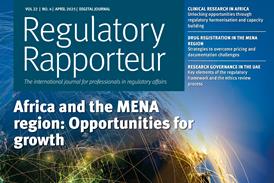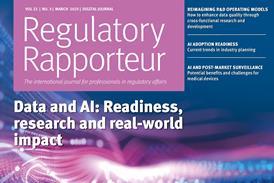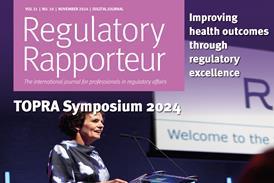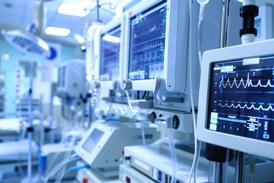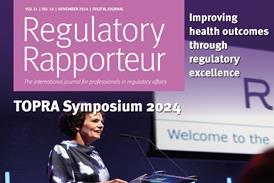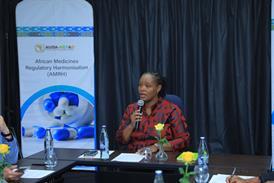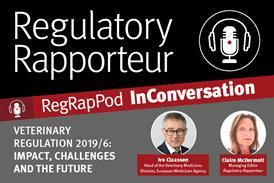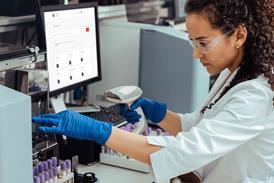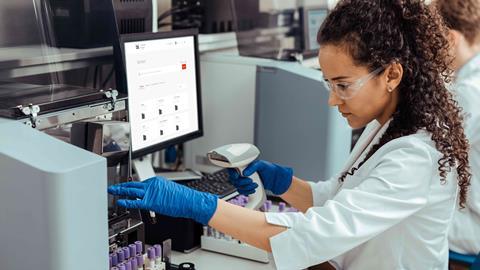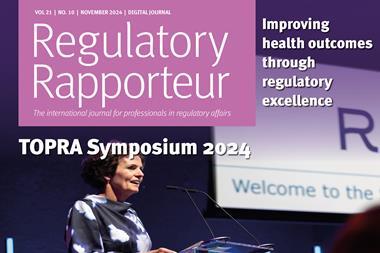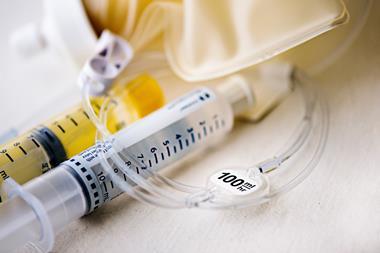How can standards help medical device manufacturers?
Standards are documents (digital or physical) that set out established guidelines or criteria used to ensure uniformity, consistency and quality in products, services, processes and practices. They play a crucial role in promoting interoperability, enhancing safety and fostering innovation across various industries, including medical devices. By providing a common framework for communication and collaboration, standards facilitate trade, drive efficiency and ensure patient safety.
Streamline compliance with BSI Compliance Navigator
BSI Compliance Navigator is an all-in-one regulatory platform that helps medical device manufacturers manage UK, EU and MDSAP requirements. The online tool helps manufacturers discover, organise and respond quickly to changes in the regulatory landscape and mitigate these risks.
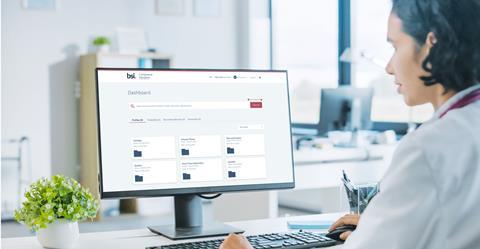
The platform provides access to over 7,200 standards, guidance documents and regulations, and offers the following benefits:
- Reduces the risk of recall with real-time and advanced notifications about document changes direct to your inbox.
- Saves time with built-in gap assessments, expert commentary and alerts on document changes relevant to you.
- Searches by device or keyword to find every relevant standard for your product portfolio in seconds.
- A single licence provides simultaneous, unlimited user access, globally.
Access Compliance Navigator to support market access and continuous compliance today.
Download THE COMPLIANCE NAVIGATOR BROCHURE Request a free trial
Case Study - SpineWelding AG
Hear how Compliance Navigator helps BSI customers to work smarter.
Compliance Navigator saves money and makes regulatory management easy
SpineWelding AG is a Swiss medical device company that develops implant solutions for the human spine, using the patent-protected BoneWelding technology.
Compliance Navigator makes major savings in time and money and ensures they develop in the right direction. We spoke to Felix Kraeft about the difference the tool has made.
“Our process is now more connected to upcoming regulations than ever before, which saves us time and money and stops us going in the wrong direction”
Felix Kraeft - Head of Quality and Regulatory Affairs
Compliance Navigator has transformed the lives of the team. ”What an invention!” says Felix. “I don’t know how we managed before.” For Felix, the best feature is the alerts. “It’s an outstanding service,” he confirms. “It’s just so easy, and now we’re always on top of the situation. It means we’re always up to date without having to think about it.” But there are two other features that the team find particularly time-saving, and that also give peace of mind. One is the redlining that shows the difference between current standards and new versions, so users know they’ve picked up every change. The other is the expert commentaries; these are useful if there’s any uncertainty on how to interpret a document, because they provide certainty and clarity.
The system has been designed to be as useful as possible to its users. One example is that users can put standards in different folders for different projects “At first we didn’t think we needed to do this,” admits Felix, “but very soon after using it we discovered that it was a good idea, because now the alerts we get are project-related and we can set up folders according to our project priorities.”
The company has also seen a major financial advantage from the tool’s early-warning system. “For example, it alerted us when the ISO standards for biocompatibility were changing,” explains Felix. “We could read the draft versions and understand how on top of things we were. We could conduct testing in line with the new requirements, instead of finding out too late and having to retest. That saved us tens of thousands of euros.” The decision to use Compliance Navigator has paid dividends for SpineWelding. That’s why we’ve just extended our subscription.
About BSI
BSI is the UK’s National Standards Body (NSB). It represents UK economic and social interests across all European and international standards organisations. It works with many different industries, businesses, governments and consumers to develop British, European and international standards.
Its mission is to empower you to inspire trust, foster excellence and ensure safety in your organisation; driving positive change for a better world. Utilise BSI’s extensive range of services and expertise in standards, certification, training and assessment.
Medical devices: the importance of using standards to demonstrate conformity
Standards have a critical role in regulatory compliance for medical device manufacturers. The webinar below analyses the intricate relationship between regulations and standards, emphasising the concept of ‘presumption of conformity’, which often allows manufacturers to use standards as evidence that their devices meet regulatory requirements.
Watch more videos from the BSI free on YouTube
Expertise
Follow the links below to download free BSI white papers. They will help you to understand regulatory and technological changes and access a range of expertise across medical devices sub-sectors and topics.
EU Medical Devices Regulation

Implementing the European Union Medical Devices Regulations
The European Union (EU) Medical Devices Regulation (MDR) and the In Vitro Diagnostic Medical Devices Regulation (IVDR) now apply. Download this white paper to learn how to implement them.
Person responsible for regulatory compliance (PRRC) - MDR/IVDR Article 15
With the MDR and IVDR, European regulators aim to ensure companies have a regulatory expert – a person responsible for regulatory compliance (PRRC) – at their disposal, to ensure that the company is meeting certain specific EU requirements. Download the white paper for an overview of requirements.
EU In Vitro Diagnostic Medical Devices Regulation
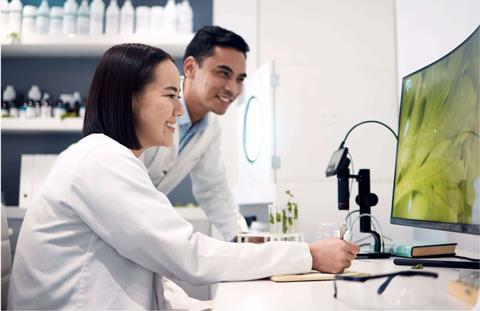
How to best implement the EU IVDR – dos and don’ts
This white paper is built around a table that seeks to provide a checklist for IVDR preparation, based on the requirements of EU Regulation 2017/746. The checklist provides a comprehensive list of actions envisaged for the manufacturer for new devices and for legacy IVDs during and after the new transitional periods of the IVDR.
Developing and maintaining a quality management system for IVDs
There are many different requirements with which in vitro diagnostic manufacturers have to comply in order to place products on the market. At the core of most of these requirements is a fundamental need to have a good quality management system (QMS) in place.
Artificial intelligence as a medical device (AIaMD) and software as a medical device (SaMD)
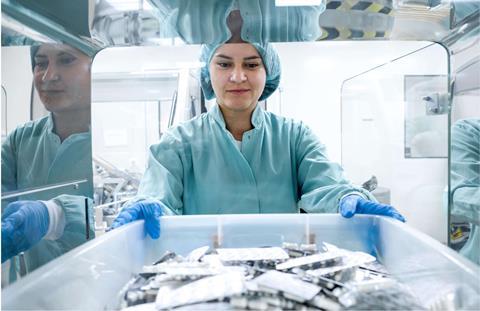
AI Machine Learning and Medical Devices
Machine learning for medical devices (MLMD) has created a level of excitement not seen since the discovery of stem cells over 60 years ago. Download this white paper to discover methods and guidance on addressing safety.
Ethical and trustworthy Artificial Intelligence
BSI has witnessed rapid growth in the implementation of AI in medical devices (MDs) and in vitro diagnostics (IVDs). Although mature and strict regulatory frameworks as well as standards exist for such industries, they were not designed to address AI specific challenges.
Standards

Using Standards to Demonstrate Conformity
Regulatory authorities around the world not only use standards to support their regulations but use different approaches to apply or recognise standards. Download this white paper today to learn about using standards to demonstrate conformance with regulatory requirements.
The Differences and Similarities between ISO 9001:2015 and ISO 13485:2016
In this paper, we look to see how these standards co-exist and what developments are being discussed. The intent of this document is to provide insight into some of the differences and similarities between the standards, to allow organisations to understand how they can continue to work together for organisations that are part of the medical device supply chain, without undue burden to their systems.



